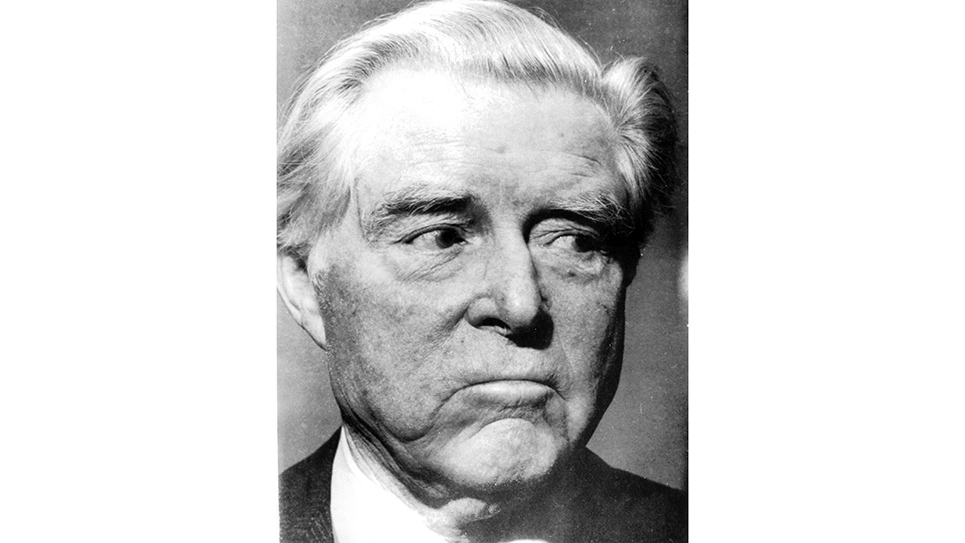I lost my whistle recently. Many years ago my little girl tearfully reported losing her whistle after a trip to the dentist. Apparently, a shot of anesthetic to prevent pain from the dentist’s drill numbed her lip and affected her pucker. We smiled and reassured her that her whistle would soon return. Losing my whistle may be permanent and a complication of November’s life-giving surgery.
Surgeons often tell their patients that healing will resolve in four to six weeks. However, anyone who’s had surgery knows that healing takes much longer. I realize this from personal experience, and from the journeys of patients “released” by their surgeons back to my care.
Many parts of the body work similarly. Have you ever wondered why women are scheduled to see their obstetrician six weeks after delivery? This is the time interval required for most of the physiologic changes of pregnancy to return to baseline. Similarly, the healing of trauma or a surgical wound is well under way by six weeks. I didn’t say complete, and these general rules exclude complications.
For forty years I’ve treated and cared for patients with shingles. I can now include my personal observations of the exquisite pain of facial shingles. No, I don’t actually have shingles. I have a surgical complication called neuropathic pain syndrome which simulates the pain of shingles. My surgeon said it would go away in four to six weeks, but the pain continues, and it’s been six weeks since surgery to remove my parotid gland. The same surgery damaged my facial nerve and took my whistle.
Shingles occurs when the chickenpox virus most of us had as a child reactivates to produce a regional rash and pain. Chickenpox is a herpes class virus. Another common herpes virus produces fever blisters and another causes mononucleosis. Chickenpox is said to be one of the most communicable infectious agents known to man, with attack rates of forty percent following exposure. Many of the “Old World” infectious germs traveled with the Pilgrims to America and decimated native Americans who had no immunity against the “alien” infectious agents.
When someone gets chickenpox, the virus causes infection throughout the body and is associated with generalized blisters, fever and misery. The primary infection usually resolves, but can be associated with complications like pneumonia, hepatitis and encephalitis. Furthermore, primary infection in people with impaired immune systems or who are pregnant can be devastating. Vaccinating people to prevent initial infection is best and has produced a dramatic drop in chickenpox in children.
Chickenpox infection resolves when the immune system responds to curb the the rampaging virus and, if you will, sequester the offending viral agents in a dungeon. Unfortunately, as the immune system ages (or is damaged) the “jailers” forget about the criminals locked up decades ago, and a jail break occurs and produces recurrent infection, but with a regional eruption of the painful blistering rash of shingles. We do have anti viral drugs which can help if begun in the first seventy-two hours after a rash develops, but it’s much better to prevent initial infection by vaccination. This procedure stimulates the immune system to vigorously respond to chickenpox virus exposure and prevent primary infection.
You may have heard that there is a “shingles shot,” a vaccination available for those of us who have already been infected with chickenpox virus. This vaccination stimulates the immune system and hopefully prevents an outbreak of localized chickenpox known as shingles. One in three people will experience shingles in their lifetime. The adult vaccine lowers this risk by two-thirds and lessens the dreaded complication of post-shingles neuropathic pain by half.
I now understand the neuropathic pain that can occur after shingles, from trauma or, in my case, after surgery. When nerves outside the spinal cord or brain are damaged or cut they often die back to the cell body of the nerve in the spinal cord. Imagine cutting a tree root or the arm of an octopus. Regrowth may occur, but in our nervous system the regrowth occurs from the nerve body within the spinal cord. The regrowth is slow, about 2.5 mm a day or three inches a month. And it’s a long way from your spine to a fingertip or toe. Until the nerve is reestablished, false signaling may occur as in phantom limb pain or the tingling and numbness experienced when an awkward position causes your foot to go to sleep.
Similar neuropathic pain not infrequently occurs in diabetes. Treatment of diabetic neuropathy like other neuropathic pain syndromes is difficult. Medications like gabapentin and Lyrica can help, but again it’s best to carefully control blood sugar and prevent the neuropathy.
Opioids are pain medications like morphine and oxycodone. In the 1980s and 90s it was argued that it was immoral to deny pain relief to those suffering. However, the result has been an epidemic of drug abuse. A review of chronic pain (pain lasting more than three months) appeared in the NEJM November 26, 2015. Researchers find that areas of acute pain perception in the brain are different in chronic pain. The latter “pain-matrix” is registered in areas associated with “emotions and psychosocial factors.” Giving opioids makes sense after surgery or with broken bones, but causes lots of problems in chronic pain and doesn’t address other issues. Researchers think that “persistent helplessness and hopelessness may be the root cause of suffering” in chronic pain. Lastly, the classic 1-10 pain rating scale which is helpful with acute pain, is less helpful in chronic pain syndromes.
There is much pain in the world these days, and whether you acknowledge it or not, we are in a state of war. Only a Pollyanna or a party apparatchik would deny this truth. However, there is also much joy in the world, especially in this Advent season. The word Advent comes from Latin adventus, and is defined as the coming of Christ at the incarnation, the union of divinity with humanity in Jesus Christ. Adventitious means coming from another source or location. I believe this aptly fits the Christian perspective and philosophy where God crosses the universe to live among us.
The 16th century scholar and Franciscan, Fra Giovani, when speaking of Christmas, wrote that we should, “Take Joy!” He said that life is full of meaning and beauty though sometimes “beneath its covering.” Peace and Joy are the “presents” of Emmanuel, and there for the “taking.”






